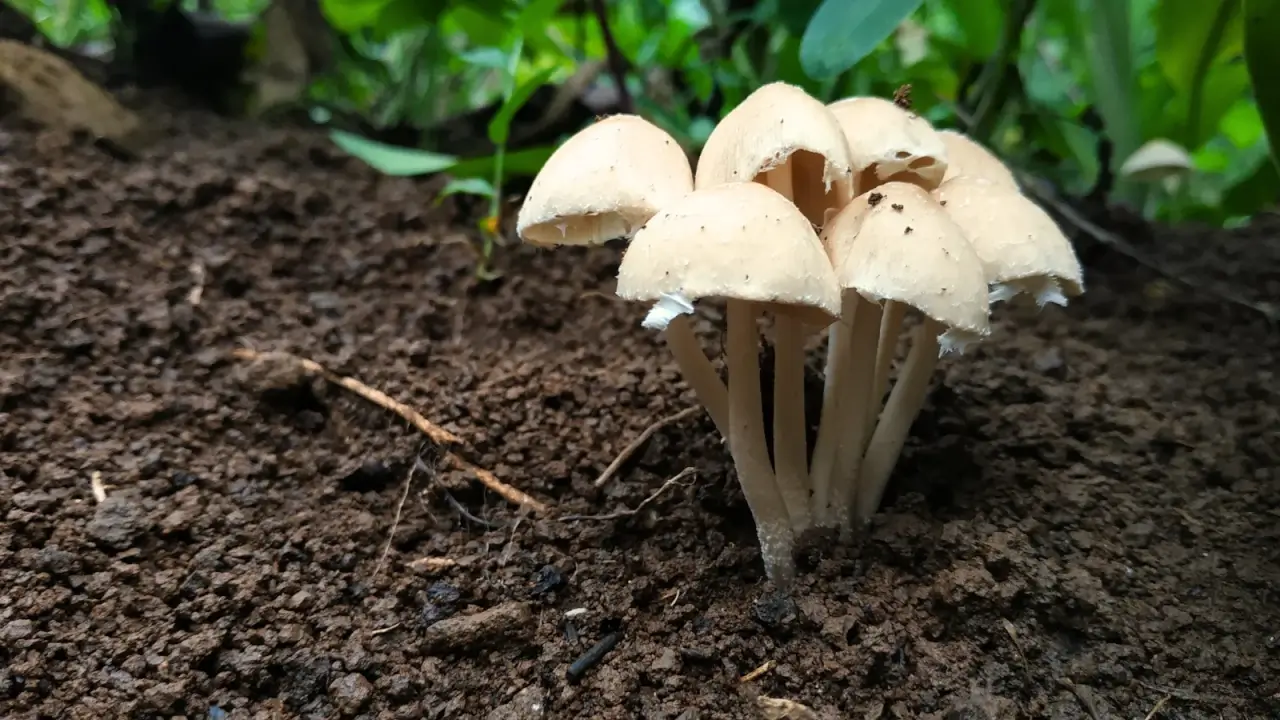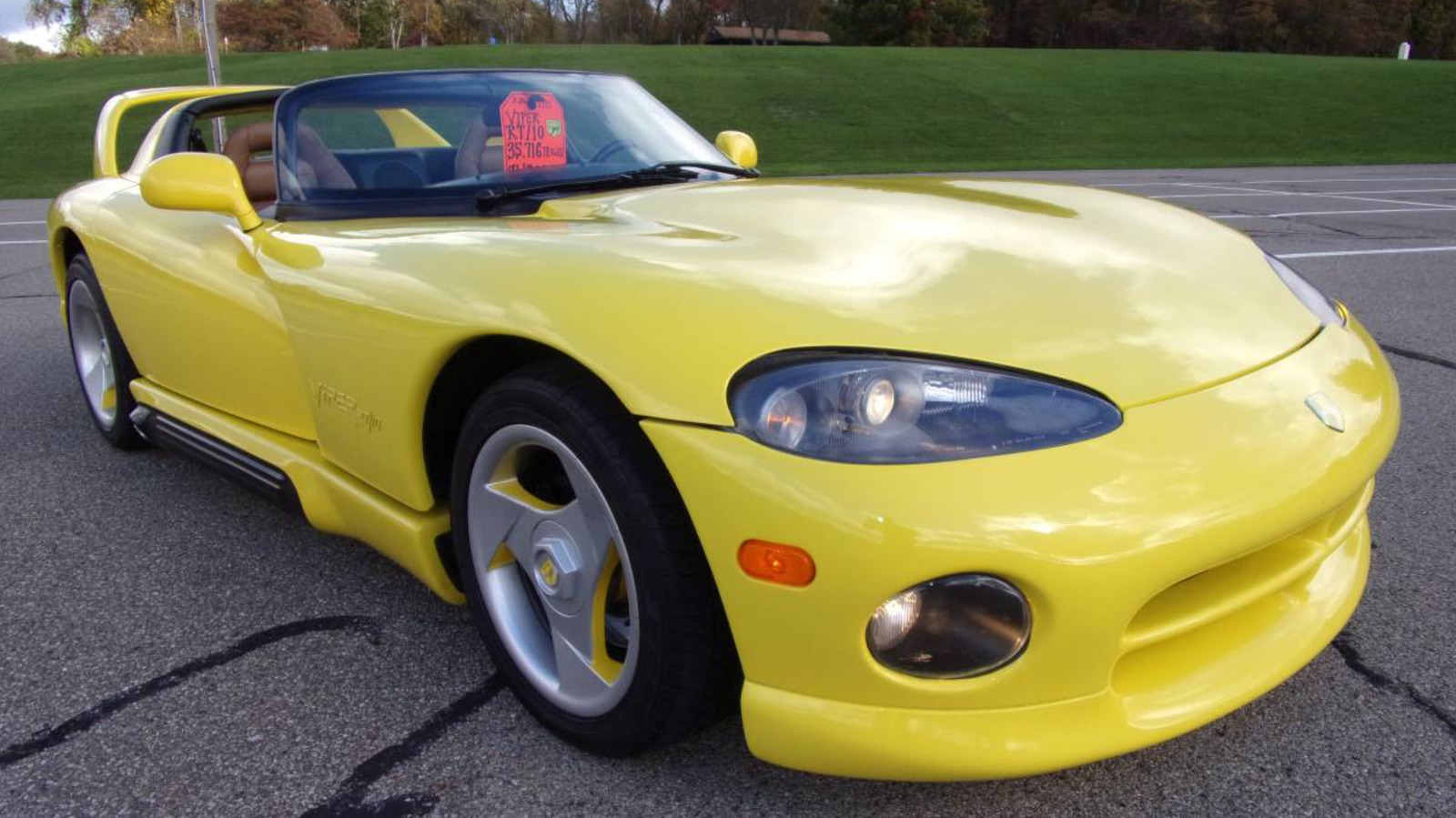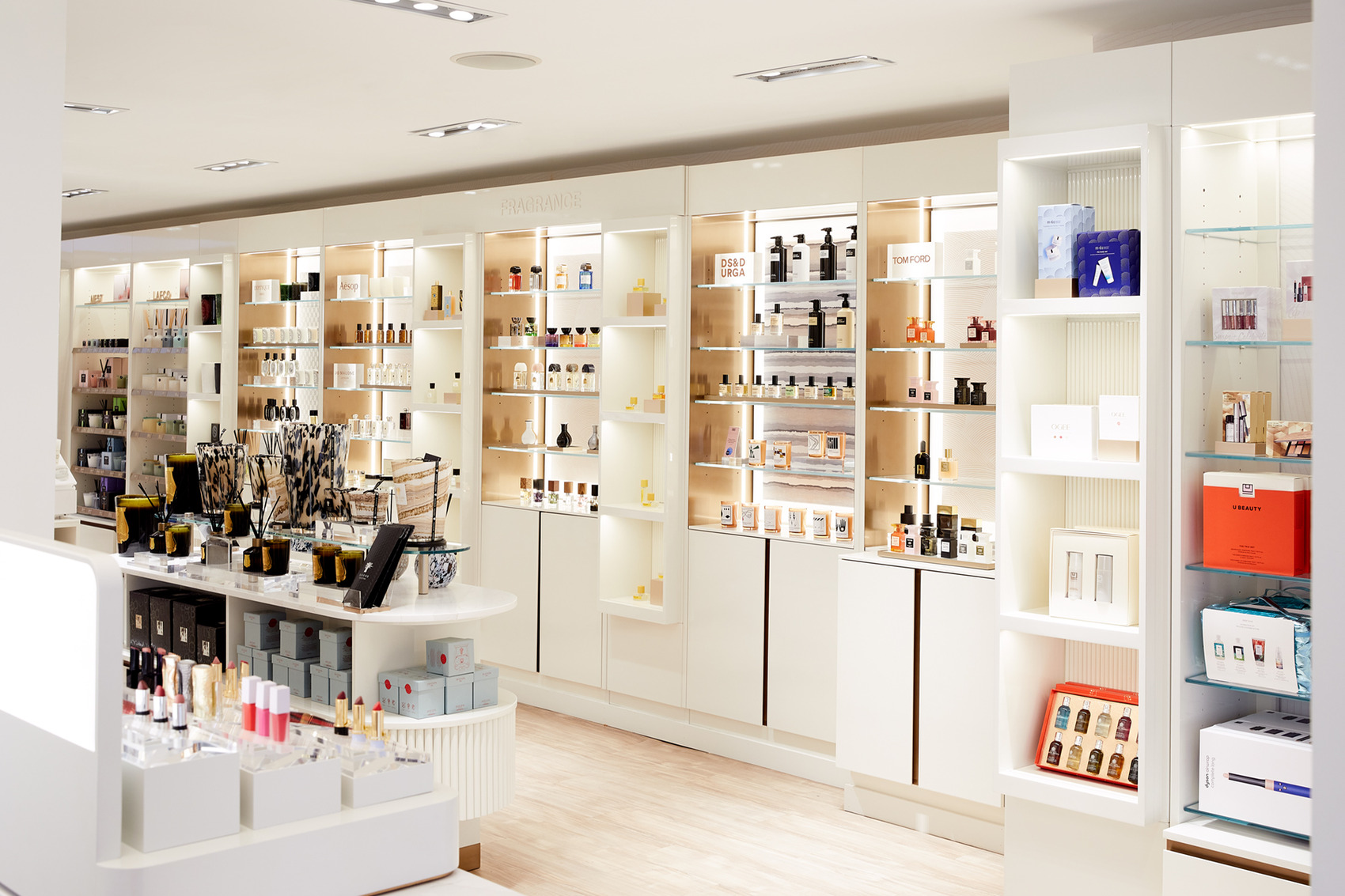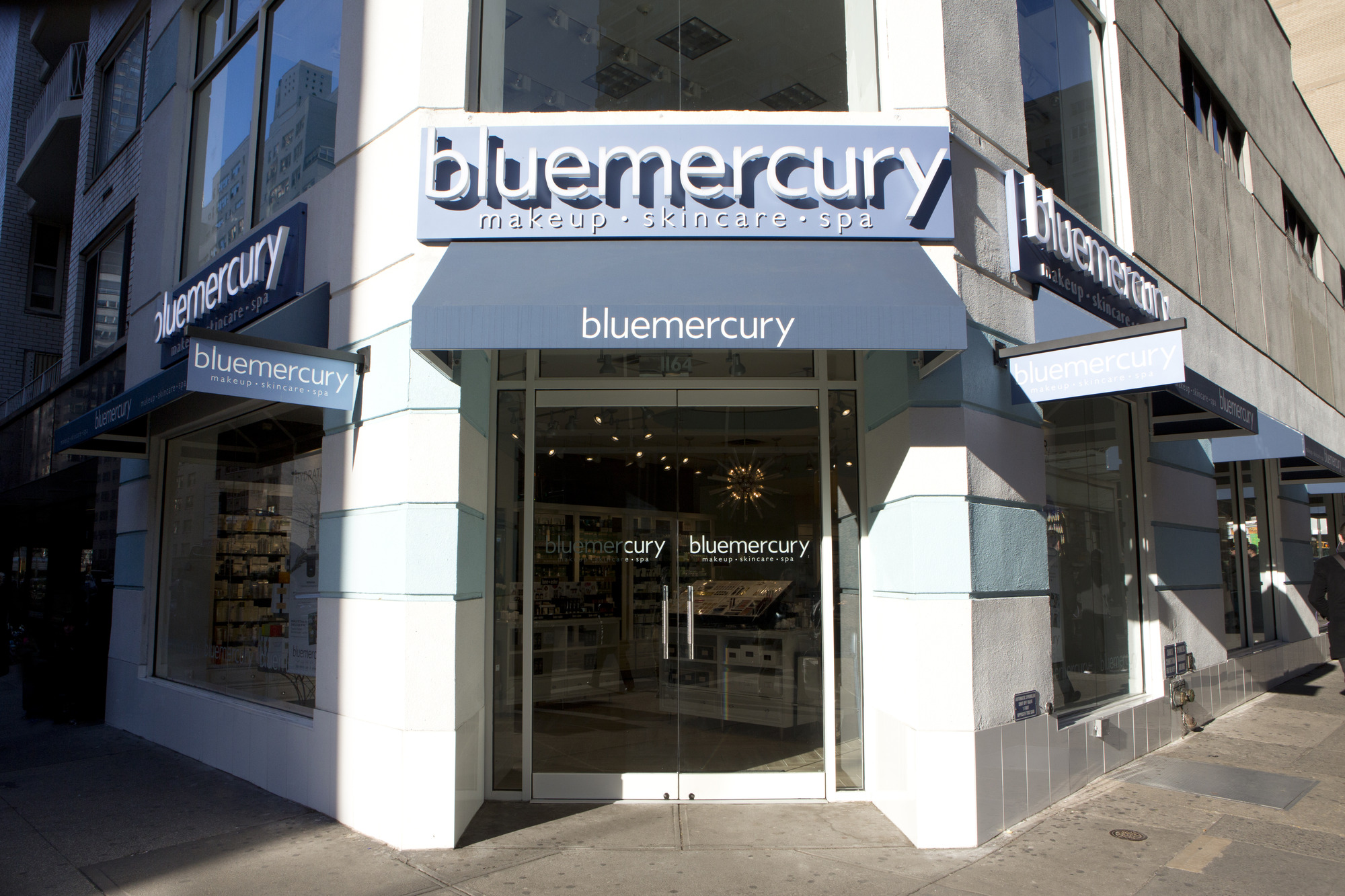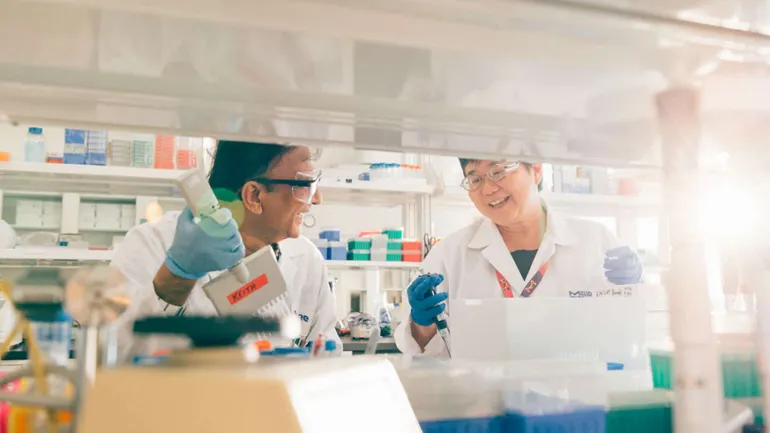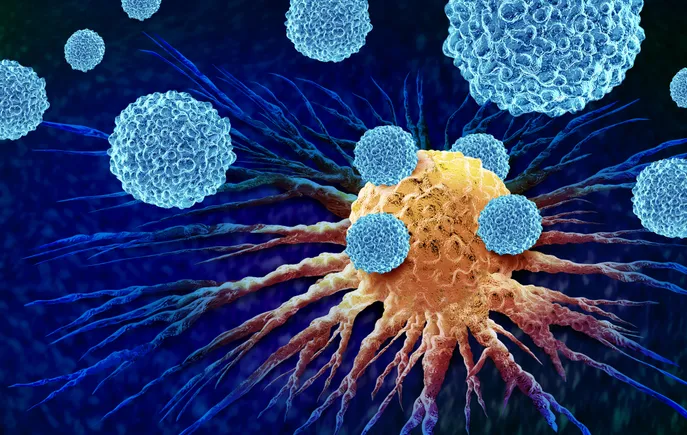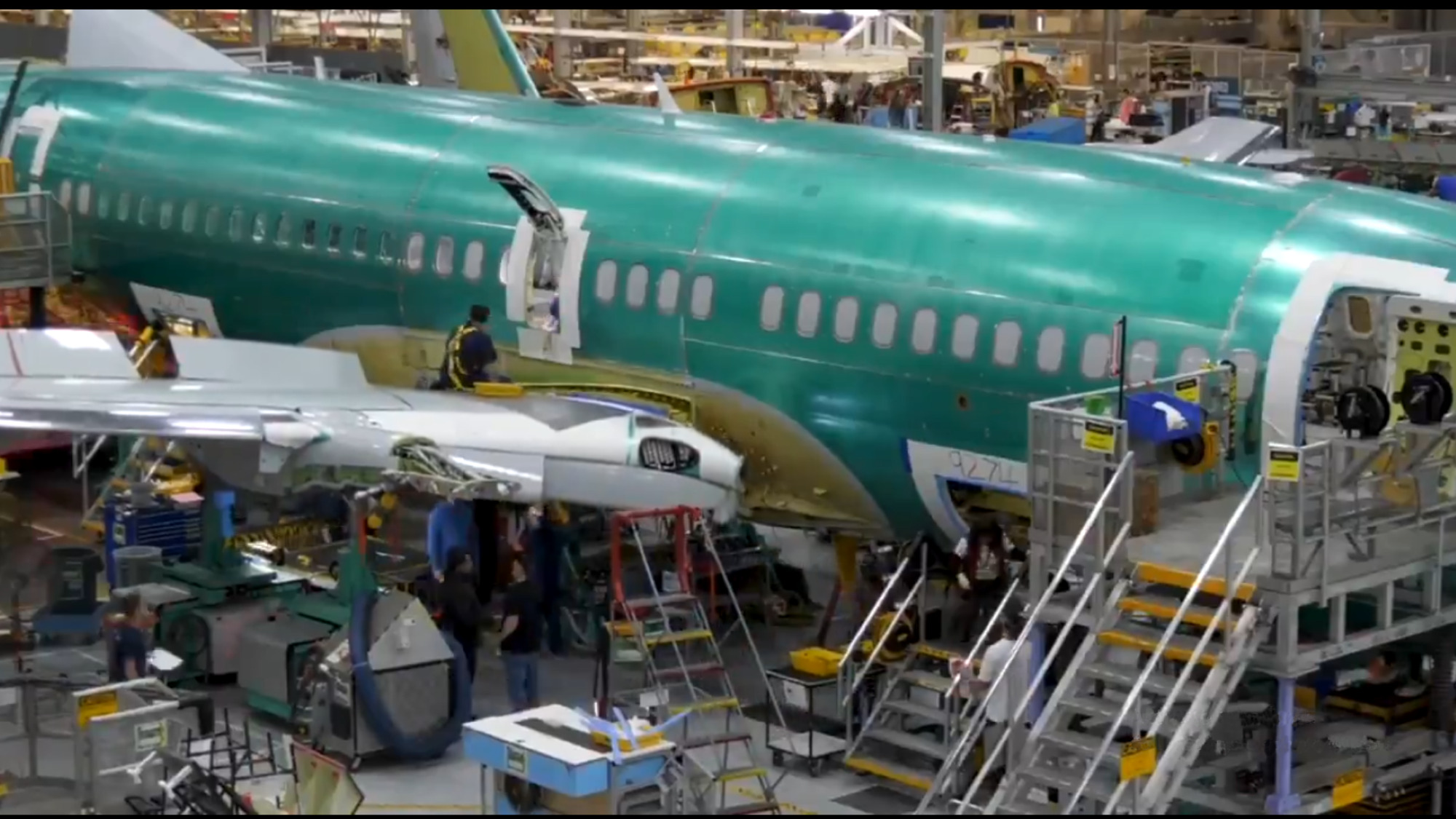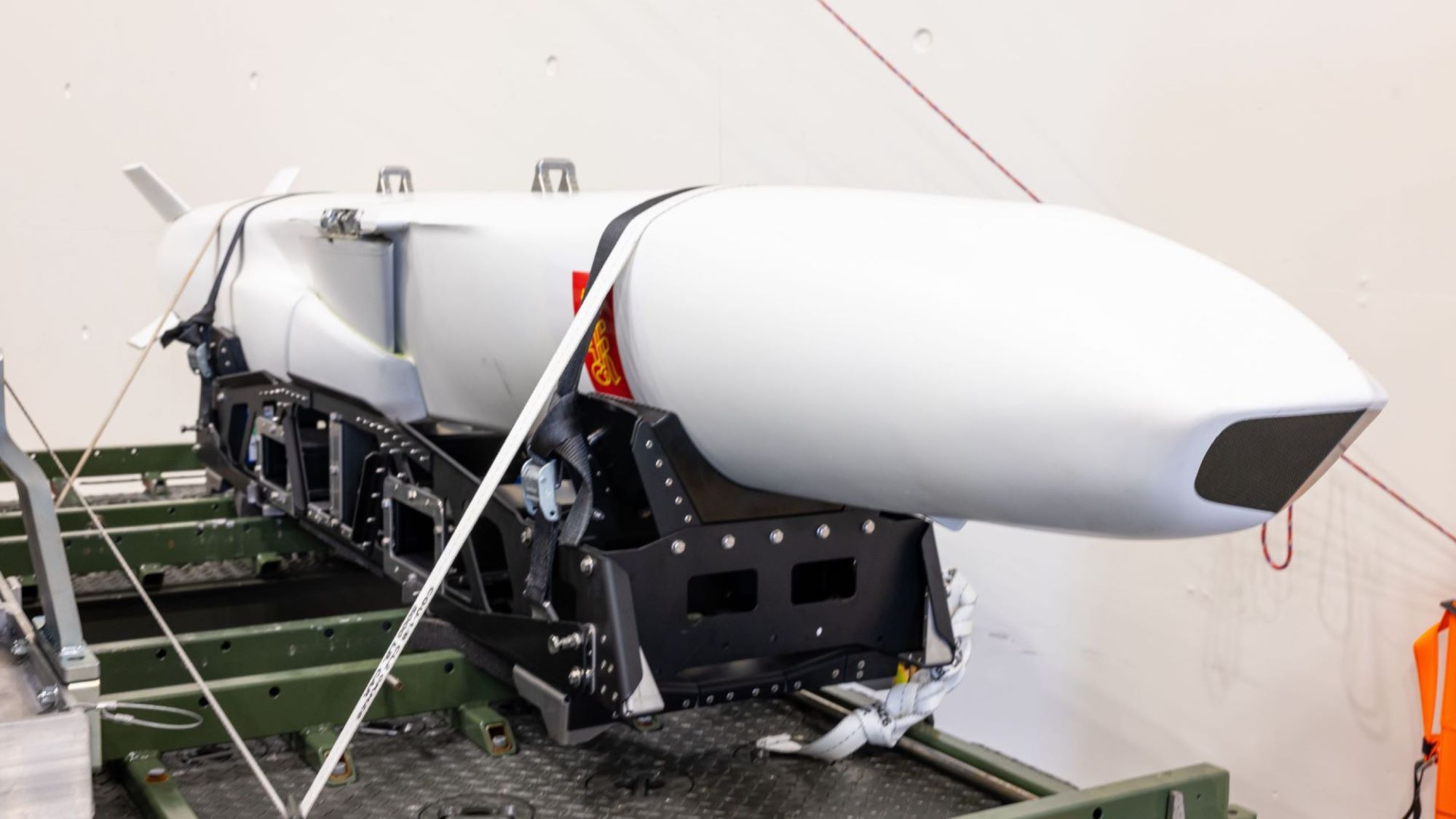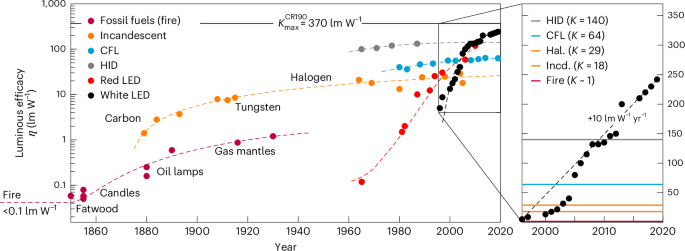A way to detect the off-flavour of dimethyl sulfide (DMS) in beer using smartphones and colour readings has been discovered by scientists.

DMS contributes significantly to the flavour profile of beer and brewers and beer fans have historically noted how presence is desirable at low concentration levels, however it becomes an off-flavour at high concentrations and can offer up unpleasant cooked cabbage and sweetcorn aromas.
Now, a
new experimental measurement tool, created by scientists assessing the concentration of DMS in beer through “smartphone-based colorimetry” uses a “paper-based analytical device (PAD)” which was made using an “immobilising a chromogenic reagent phase consisting of alkaline nitroprusside in a gelatin hydrogel”.
Breweries and beer judges analyse the DMS content of products to ensure consistent flavour quality and consumer satisfaction. However, now, the scientists explained that things are moving forwards for beer assessment and via “sampling and subsequent reaction with the immobilised reagent enabled the detection of low levels of DMS”.
According to the scientists, while “capturing the digital image of the PAD, the concentration was determined by utilising the RGB colour value”. The findings showed that “the results of smartphone-based colorimetry agreed well with the results of chromatographic analysis of DMS in lager and all-malt beer samples” and now offered up a less expensive way of measuring DMS quickly and easily, especially for smaller beer producers,
many of whom have been facing a hard time of late.
The scientists also noted that “this method is an inexpensive alternative to the gas chromatography method for DMS measurement and will allow small-scale brewers and craft beer producers to monitor off-flavour in their products”.
The new research highlighted how “beer consists of hundreds of volatile and non-volatile constituents of varied chemical functionalities produced from brewing of malt, hops, and yeast”. Due to this, it identified how “the quality of a beer highly depends on its sensory attributes”. This was because “the holistic perception of flavour and aroma character is derived from the contribution of the flavour compounds present in the beer making it a desirable beverage”. Something that many companies spend a lot of money on perfecting.
.
As part of the assessment, the scientists pointed out that “among the salient flavour components of beer are the sulfur-containing compounds, the most abundant of which is DMS. Though present at μg L−1 level concentrations, DMS significantly contributes to the aroma and flavour profile of the beer. Its level in most beer products is usually maintained below its sensory threshold of 30 μg L−1; however, lager beers contain DMS levels of 50 to 100 μg L−1. Beyond this concentration level, the powerful cabbage-like odour of DMS becomes noticeable, causing off-flavour and lowering the sensory quality of the beer.”
DMS measurement in beer has previously been carried out using several analytical methods. The typical analysis of DMS in beer previously used “gas chromatography employing several detectors” but now, according to the scientists, using smartphone colour reading to measure DMS in beer will be simpler.
The scientists found that “the extracted DMS in the immobilised reagent generated a pink colour upon acidification and quantification” and this could be “carried out directly through smartphone-based digital images”.
The evidence revealed that it was possible to reflect undesirable flavours in beer simply by using smartphone technology and colour assessment. According to the scientists, “the digital image of the coloured solid-state reagent is captured by the smartphone camera, and through digital imaging analysis, values are generated in the red (R), green (G), and blue (B) colour space.
To determine the levels, the generated RGB results are associated with the radiation intensity across the range of wavelengths” and flagged up when a reaction occurred that could lead to high DMS levels. They concluded that, during the experiments, all of the high DMS levels were “resulting in the development of a pink colour”.
The kegged beer industry has experienced growth worldwide, driven by the expanding craft beer sector, but it still faces challenges and any help that producers can get to support beer quality and assist with sales will be well met. As few years ago,
Carlsberg and systems provider KHS Group revealed plans to work together more to “improve the quality of local beers” across China with “constant modernisation”.
The plight for better beer quality using more “streamlined” and ecologically-savvy kit continues and, as Carlsberg showed, is as big an interest to global breweries as it is to smaller independent ones. However, one fundamental is beer's flavour profile making the grade and while
breweries like Vocation are shining a light on why beer should be ‘distinctive, exciting and memorable’ and
US beer is being propelled by new flavour trends, new advancements like this are big business for beer's future.

 DMS contributes significantly to the flavour profile of beer and brewers and beer fans have historically noted how presence is desirable at low concentration levels, however it becomes an off-flavour at high concentrations and can offer up unpleasant cooked cabbage and sweetcorn aromas.
Now, a new experimental measurement tool, created by scientists assessing the concentration of DMS in beer through “smartphone-based colorimetry” uses a “paper-based analytical device (PAD)” which was made using an “immobilising a chromogenic reagent phase consisting of alkaline nitroprusside in a gelatin hydrogel”.
Breweries and beer judges analyse the DMS content of products to ensure consistent flavour quality and consumer satisfaction. However, now, the scientists explained that things are moving forwards for beer assessment and via “sampling and subsequent reaction with the immobilised reagent enabled the detection of low levels of DMS”.
According to the scientists, while “capturing the digital image of the PAD, the concentration was determined by utilising the RGB colour value”. The findings showed that “the results of smartphone-based colorimetry agreed well with the results of chromatographic analysis of DMS in lager and all-malt beer samples” and now offered up a less expensive way of measuring DMS quickly and easily, especially for smaller beer producers, many of whom have been facing a hard time of late.
The scientists also noted that “this method is an inexpensive alternative to the gas chromatography method for DMS measurement and will allow small-scale brewers and craft beer producers to monitor off-flavour in their products”.
The new research highlighted how “beer consists of hundreds of volatile and non-volatile constituents of varied chemical functionalities produced from brewing of malt, hops, and yeast”. Due to this, it identified how “the quality of a beer highly depends on its sensory attributes”. This was because “the holistic perception of flavour and aroma character is derived from the contribution of the flavour compounds present in the beer making it a desirable beverage”. Something that many companies spend a lot of money on perfecting.
.
As part of the assessment, the scientists pointed out that “among the salient flavour components of beer are the sulfur-containing compounds, the most abundant of which is DMS. Though present at μg L−1 level concentrations, DMS significantly contributes to the aroma and flavour profile of the beer. Its level in most beer products is usually maintained below its sensory threshold of 30 μg L−1; however, lager beers contain DMS levels of 50 to 100 μg L−1. Beyond this concentration level, the powerful cabbage-like odour of DMS becomes noticeable, causing off-flavour and lowering the sensory quality of the beer.”
DMS measurement in beer has previously been carried out using several analytical methods. The typical analysis of DMS in beer previously used “gas chromatography employing several detectors” but now, according to the scientists, using smartphone colour reading to measure DMS in beer will be simpler.
The scientists found that “the extracted DMS in the immobilised reagent generated a pink colour upon acidification and quantification” and this could be “carried out directly through smartphone-based digital images”.
The evidence revealed that it was possible to reflect undesirable flavours in beer simply by using smartphone technology and colour assessment. According to the scientists, “the digital image of the coloured solid-state reagent is captured by the smartphone camera, and through digital imaging analysis, values are generated in the red (R), green (G), and blue (B) colour space.
To determine the levels, the generated RGB results are associated with the radiation intensity across the range of wavelengths” and flagged up when a reaction occurred that could lead to high DMS levels. They concluded that, during the experiments, all of the high DMS levels were “resulting in the development of a pink colour”.
The kegged beer industry has experienced growth worldwide, driven by the expanding craft beer sector, but it still faces challenges and any help that producers can get to support beer quality and assist with sales will be well met. As few years ago, Carlsberg and systems provider KHS Group revealed plans to work together more to “improve the quality of local beers” across China with “constant modernisation”.
The plight for better beer quality using more “streamlined” and ecologically-savvy kit continues and, as Carlsberg showed, is as big an interest to global breweries as it is to smaller independent ones. However, one fundamental is beer's flavour profile making the grade and while breweries like Vocation are shining a light on why beer should be ‘distinctive, exciting and memorable’ and US beer is being propelled by new flavour trends, new advancements like this are big business for beer's future.
DMS contributes significantly to the flavour profile of beer and brewers and beer fans have historically noted how presence is desirable at low concentration levels, however it becomes an off-flavour at high concentrations and can offer up unpleasant cooked cabbage and sweetcorn aromas.
Now, a new experimental measurement tool, created by scientists assessing the concentration of DMS in beer through “smartphone-based colorimetry” uses a “paper-based analytical device (PAD)” which was made using an “immobilising a chromogenic reagent phase consisting of alkaline nitroprusside in a gelatin hydrogel”.
Breweries and beer judges analyse the DMS content of products to ensure consistent flavour quality and consumer satisfaction. However, now, the scientists explained that things are moving forwards for beer assessment and via “sampling and subsequent reaction with the immobilised reagent enabled the detection of low levels of DMS”.
According to the scientists, while “capturing the digital image of the PAD, the concentration was determined by utilising the RGB colour value”. The findings showed that “the results of smartphone-based colorimetry agreed well with the results of chromatographic analysis of DMS in lager and all-malt beer samples” and now offered up a less expensive way of measuring DMS quickly and easily, especially for smaller beer producers, many of whom have been facing a hard time of late.
The scientists also noted that “this method is an inexpensive alternative to the gas chromatography method for DMS measurement and will allow small-scale brewers and craft beer producers to monitor off-flavour in their products”.
The new research highlighted how “beer consists of hundreds of volatile and non-volatile constituents of varied chemical functionalities produced from brewing of malt, hops, and yeast”. Due to this, it identified how “the quality of a beer highly depends on its sensory attributes”. This was because “the holistic perception of flavour and aroma character is derived from the contribution of the flavour compounds present in the beer making it a desirable beverage”. Something that many companies spend a lot of money on perfecting.
.
As part of the assessment, the scientists pointed out that “among the salient flavour components of beer are the sulfur-containing compounds, the most abundant of which is DMS. Though present at μg L−1 level concentrations, DMS significantly contributes to the aroma and flavour profile of the beer. Its level in most beer products is usually maintained below its sensory threshold of 30 μg L−1; however, lager beers contain DMS levels of 50 to 100 μg L−1. Beyond this concentration level, the powerful cabbage-like odour of DMS becomes noticeable, causing off-flavour and lowering the sensory quality of the beer.”
DMS measurement in beer has previously been carried out using several analytical methods. The typical analysis of DMS in beer previously used “gas chromatography employing several detectors” but now, according to the scientists, using smartphone colour reading to measure DMS in beer will be simpler.
The scientists found that “the extracted DMS in the immobilised reagent generated a pink colour upon acidification and quantification” and this could be “carried out directly through smartphone-based digital images”.
The evidence revealed that it was possible to reflect undesirable flavours in beer simply by using smartphone technology and colour assessment. According to the scientists, “the digital image of the coloured solid-state reagent is captured by the smartphone camera, and through digital imaging analysis, values are generated in the red (R), green (G), and blue (B) colour space.
To determine the levels, the generated RGB results are associated with the radiation intensity across the range of wavelengths” and flagged up when a reaction occurred that could lead to high DMS levels. They concluded that, during the experiments, all of the high DMS levels were “resulting in the development of a pink colour”.
The kegged beer industry has experienced growth worldwide, driven by the expanding craft beer sector, but it still faces challenges and any help that producers can get to support beer quality and assist with sales will be well met. As few years ago, Carlsberg and systems provider KHS Group revealed plans to work together more to “improve the quality of local beers” across China with “constant modernisation”.
The plight for better beer quality using more “streamlined” and ecologically-savvy kit continues and, as Carlsberg showed, is as big an interest to global breweries as it is to smaller independent ones. However, one fundamental is beer's flavour profile making the grade and while breweries like Vocation are shining a light on why beer should be ‘distinctive, exciting and memorable’ and US beer is being propelled by new flavour trends, new advancements like this are big business for beer's future. 

